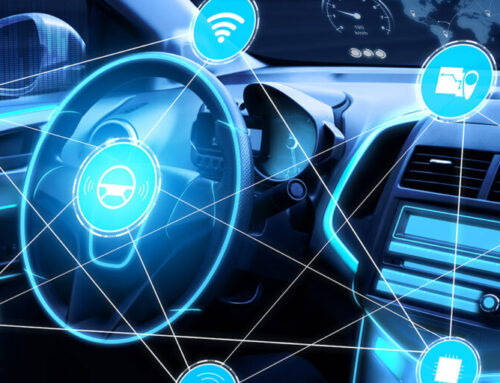The personal lines insurance market took a turn from being stable & positive to negative by AM Best in 2022. The negative outlook rating has maintained for 2023. A primary reason behind this downgrade was the decline in the personal auto insurance market. Part of being an informed insurance consumer, particularly in the face of rising rates, is understanding what’s happening in the market and how it affects you.
Why was the market rated negative in 2022?
A variety of factors contributed to the auto insurance market’s problems in 2022:
- Inflation – The inflation rate was reported to be 6.5% in December 2022 but peaked at 9.1% in June 2022, according to the Bureau of Labor Statistics.
- Higher-than-average losses – Private passenger auto liability loss ratios during the first half of 2022 rose 11% from 60.1% to 71.5% year-over-year. Auto physical damage loss ratios rose 16% during the same period.
- Auto insurance sector’s inability to achieve underwriting profitability in 2022 – Although price increases were passed to consumers, inflation and high losses were too high to find balance.
What Did This Mean for Drivers in 2022?
Market conditions triggered auto premium increases, but insurers were unable to achieve financial stability. According to Insurify, 1 in 5 U.S. drivers reported multiple auto insurance rate increases throughout 2022, and nearly half experienced at least one rate increase. Auto insurance rates increased for U.S. drivers by an average of 9% in 2022. Compared with the prior year’s data, more drivers are considering switching insurers or dropping their coverage, despite the serious risks of driving without proper auto insurance liability coverage.
Ongoing rate increases in the auto insurance industry are predicted to be driven by the following:
- Rising new and used car prices
- High rates of motor vehicle accident fatalities and severe injuries
- Rising medical and litigation costs
- Increases in costs to repair vehicles
- High loss cost severity
- Continued labor market and supply chain struggles
According to a recent Insurify report, U.S. drivers can expect an average auto insurance premium rate increase of 7% by the end of 2023. On average, drivers will spend $1,895 during 2023 for the same auto coverage they had at the end of 2021.
Here are some trends that we are seeing this year :
- Digital Transformation: The auto insurance industry has been steadily embracing digital technologies. In 2023, it’s likely that companies will continue to invest in online platforms, mobile apps, and chatbots for customer service and claims processing.
- Usage-Based Insurance (UBI): UBI, which involves monitoring driving behavior using telematics devices, is expected to grow. Insurers can use this data to offer personalized pricing and incentives for safe driving.
- Artificial Intelligence (AI) and Big Data: AI and big data analytics have been used for underwriting, fraud detection, and claims processing. These technologies are expected to become more sophisticated in 2023, enabling insurers to make more accurate risk assessments.
- Personalized Pricing: Auto insurers are increasingly using data to personalize pricing for individual drivers. Factors like driving habits, vehicle type, and location are considered to calculate premiums.
- Autonomous Vehicles: With self-driving cars becoming more prevalent, auto insurance companies will need to adapt. New insurance products may emerge to cover technology failures or liability in accidents involving autonomous vehicles.
- Environmental Concerns: There’s a growing focus on sustainability, and some insurers are offering eco-friendly auto insurance policies that encourage green driving practices or offset carbon emissions.
- Cybersecurity: As vehicles become more connected, there’s a greater risk of cyberattacks on vehicles. Insurance against cyber threats to cars and the data they collect could become more common.
- Changing Regulations: Regulations in the auto insurance industry can have a significant impact on market trends. Changes in laws regarding coverage requirements, liability, and autonomous vehicles can influence how insurers operate.
- Peer-to-Peer Insurance: This emerging model allows groups of individuals to pool their resources and self-insure or insure each other. It could continue to gain popularity in 2023.
- Customer Experience: Providing an excellent customer experience will remain a key focus for insurers. This includes simplifying the claims process, offering 24/7 support, and enhancing digital self-service options.
- Climate-Related Risks: Insurers will pay more attention to climate-related risks, including extreme weather events and their impact on auto insurance claims.
- Collaboration with Automakers: Insurers may collaborate with automakers to offer bundled insurance packages or incentives for vehicle purchases.
Please note that the insurance industry can be influenced by many factors, including economic conditions, global events, and technological advancements. Navigating the complexities of the auto insurance market isn’t something you need to do on your own; that’s why we’re here. At The Major Agency we take pride in helping you find the best policies that suite your needs and budget. We believe that by educating you on all the options available, we give you the power to compare and the freedom to choose what works best for you. Give us a call today 470 641 1304 for all insurance needs.






Leave A Comment